Stay on the trail. Look, don’t touch. Take only photographs, leave only footprints.
These and similar rules have become a standard component of a refined environmental ethic; any reasonable outdoor education class is going to emphasize them.
I have a confession to make: As a kid I violated every one of those rules, frequently and without guilt. It made me a conservationist.
I roamed freely through the woods and fields. I caught lightning bugs. I turned over rocks to find crayfish. I trapped tadpoles in cups. I followed animal tracks. I built forts and dammed creeks. I dug holes. I chased things.
None of this lessened my respect for the natural world. Quite the opposite. Instead, I wanted to spend every minute I could out there. It started a lasting love for wild things and wild places that has never abated. I suspect I’m not alone in this.
In contrast, a lot of today’s outdoor education focuses on facts, often presented in the context of the earth’s doom and gloom future. An underlining message of this is that nature is separate from humanity and oh-so fragile, something we must never mess with. While the information may be alarming, it’s hardly the way to instill love. It instead makes nature boring, even dreary.
You probably have heard the complaints that kids are not playing outside, are not interested in the natural world. There’s even a term for this, coined by Richard Louv: Nature Deficit Disorder. And yet we insist on putting barriers up so that kids will not want to play in nature. I believe that free and wild play in nature is one of the missing ingredients in building a viable, effective conservation movement.
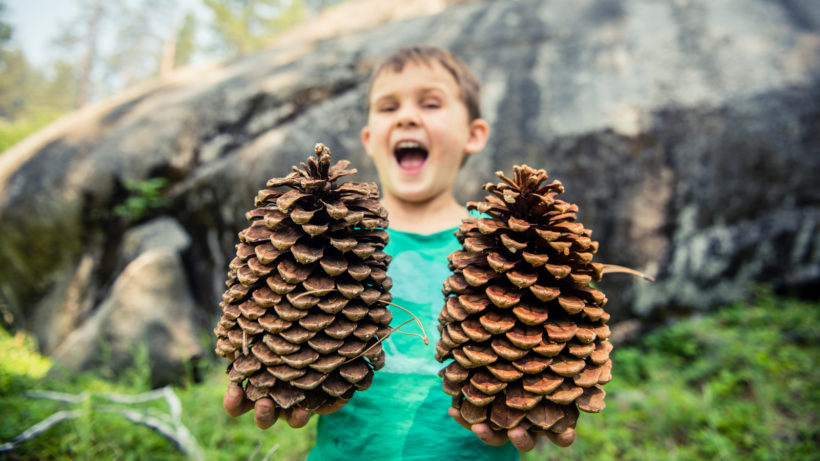
I’m not alone. Paleontologist and science communicator Scott D. Sampson spends a lot of time on this in his excellent book How To Raise A Wild Child. He notes:
“Fearing that we must protect nature and kids at all costs, we often do more harm than good. Nature connection depends on firsthand, multisensory encounters. It’s a messy, dirty business – picking leaves and flowers, turning over rocks, holding wriggling worms, splashing in ponds. Lacking such experiences, children’s growth is impoverished and they’re unlikely to care for, let alone protect, natural places.”
Conservation writer Emma Marris says that many of these well-intentioned rules endanger “the simple, unsupervised messing about in the woods that so many older adults remember fondly.”
In an article for Slate magazine, Marris writes of a boy who gets in trouble for taking gravel from a state park. Another ranger sees this and realizes, “More than feeling empowered or excited to protect the natural world, now he is going to associate going to state parks with getting into trouble.”
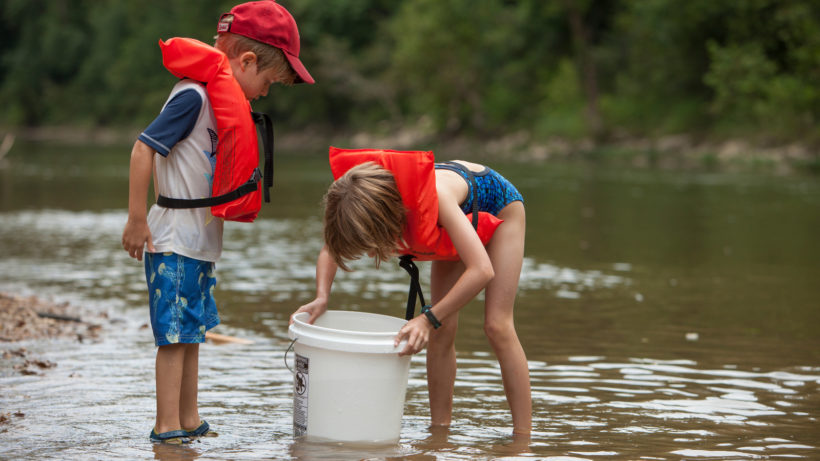
I can already hear the protestations: One kid catching frogs may not hurt anything, but what if every kid did it? Can’t you see the damage caused by unauthorized trails ripping through the wilderness? Doesn’t the natural world have enough to deal with without a bunch of people trampling it?
Such questions raise valid points, of course. Certainly no one advocating a more hands-on approach to nature believes that every national park should be a “free for all” where kids and adults do whatever they want. Conservationists like Sampson and Marris never suggest kids pick endangered wildflowers or rip up sensitive habitats.
As kids, my brother and I caught and kept pet turtles. I would not do that with my son. With many turtle species in decline, keeping them as pets cannot be justified. In an increasingly crowded world, the reality is that there has to be regulations to protect wild things and wild places.
At one point in Yellowstone and other national parks, feeding bears was a favorite way to “connect” with nature. Today, we recognize that this activity is just plain stupid. It results in dead bears and dead humans. I’m not suggesting that everything we did in nature in the “old days” is justifiable today. Far from it.
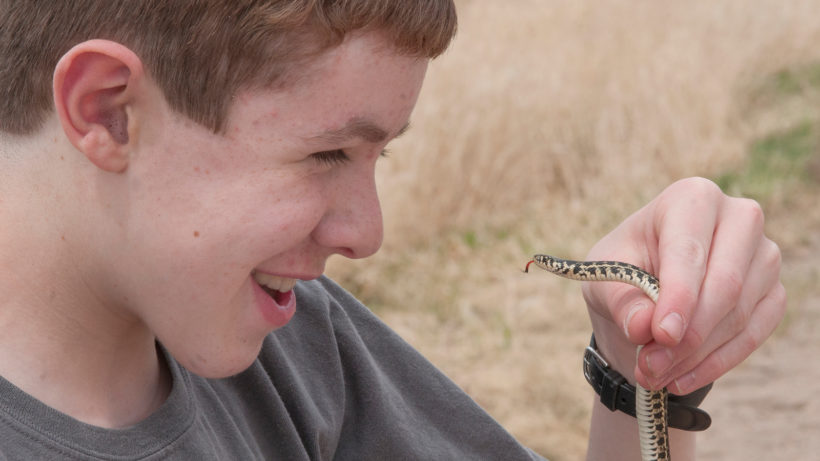
But what I see is this: For many environmentalists, the “look but don’t touch” philosophy has become a rule for its own sake. It doesn’t matter if a habitat is full of rare species or a weed-infested hillside, kids should not bother nature. Ever. And this indeed does more harm than good.
There is a 1970s science fiction novel by John Crowley called Beasts. Despite some outdated notions on genetic engineering, it should be required reading for all conservationists. In it, humans have just suffered a massive calamity. The remaining people decide that they’ve wreaked enough havoc on earth, and use their technological prowess to construct a giant, self-sustaining tower.
All humans live in this tower and never leave, for any reason. They leave the rest of the planet to nature. This way, people can no longer muck things up.
When I first read this book, I considered this a version of dystopian hell. I have slowly realized that, for many environmentalists, the vision in this book is aspirational. A prevailing philosophy is that we need to leave nature alone.
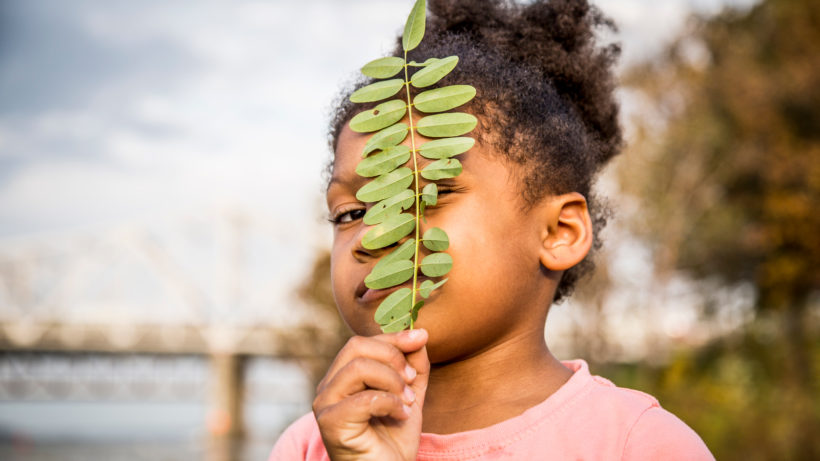
I see that even in comments to this blog, nearly every time I write about interacting with nature. If I write about fishing, I get notes stating it’s cruel. If I write about hunting shed antlers, I’m depriving rodents of their nutrients. Even a story featuring tips for spotting wolves and bears in Yellowstone generated this comment: “Protect these animals, respect and leave them alone! Just read about them and watch the videos!”
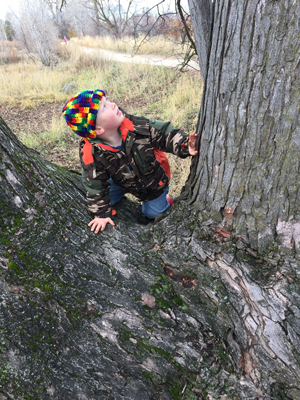
For me, and many others, it’s not enough to watch a nature documentary. And never will be enough. It also denies our human evolutionary history: for much of it, we were inextricably part of, not separate from, the natural world. We still are. Building a tower does not change the fact that we are part of this world, dependent on land, water, air and creatures for our survival.
Sampson argues in How To Raise A Wild Child that unstructured play in nature is essential for children. They need it for their physical and mental health, and their development. And the planet needs it, too. Roaming off the trail, flipping over rocks, causes kids to fall in love with nature. And that love makes conservationists.
The good news is that we can allow this unstructured, hands-on play without endangering species or trampling sensitive habitats.
There are still lots of natural places where kids can and should roam at will. Sampson advocates for wild playgrounds, with trees and brush rather than manicured lawns, and where kids are free to explore. There are many vacant lots, woodlots and parks that could easily allow free play. Conservation organizations could acquire lands specifically for kids, properties slated for development that instead could be open to the much lesser impacts of rock collecting and miniature dam building.
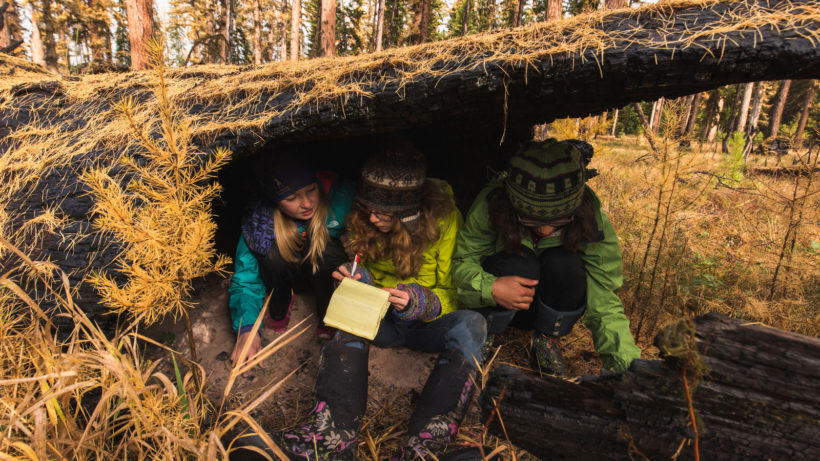
And, as Emma Marris writes: “There are 640 million acres of public land in the United States. Surely there’s room somewhere for a few lousy forts.”
And, in case you haven’t been paying attention, those public land acres are under imminent threat from people who want to sell them. We surely need more kids (and adults) playing on them, and connecting to them, not fewer. If no one goes there, then no one will even notice when these lands come on the auction block. That would be a far greater loss than anything wrought by a group of kids flipping rocks in a stream.

My wife and I are taking this hands-on approach to nature with our own toddler son. As Sampson suggests, our toddler keeps a “nature box” filled with items collected on our outings: sticks and stones and pine cones and bits of lichen. He catches and releases praying mantises and moths. He builds little castles along the river.
A recent weekend national forest snowshoeing adventure quickly got derailed. All that unpacked snow off the trail was just too inviting. We built a snowman, gathering fallen pine limbs and cones to make arms and buttons. As we played, my son suddenly pointed at a tree, “Tiny squirrel!” he exclaimed.
Indeed, a pine squirrel scampered down the trunk and into the snow. As my son giggled, I could see the beginnings of a lifelong fascination, a fascination that leads to love. That love does not come from a video or from environmental education. It comes from being out there as a participating member of this beautiful, awesome, still wild world.
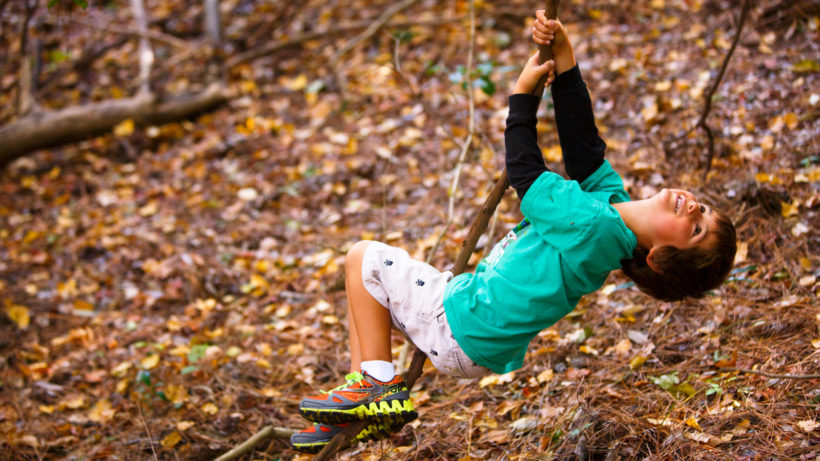
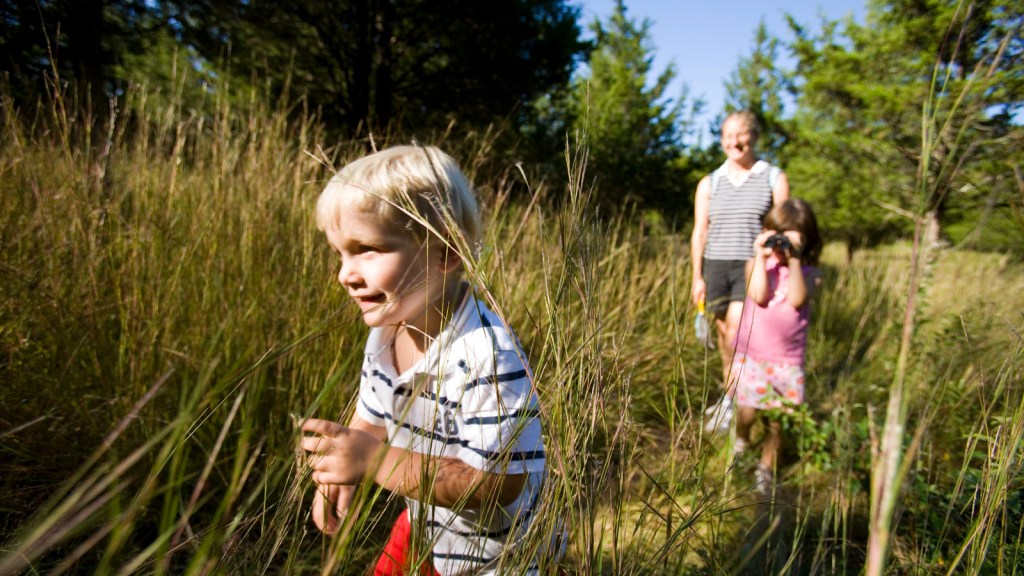



I think we need to remember. Kids seldom do any real harm to nature – adults do.
hello my name is emmett smith, i am in 5th grade I want to no how bad it is to go of the
trail i know your website explains about this i would like to know more
Hi Emmett,
Thanks for your question. In many places, going off the trail can indeed be harmful to nature. Too many people walking off a trail can damage wildflowers and disturb wild animals. Many people enjoy spending time outdoors, but it must be done in a responsible way. I do think it is important to give kids, like you, space to explore in fields, forests and creeks. Being able to flip rocks, chase insects and find cool animals will lead you to a lifetime of caring for the world around you.
Thanks again for writing.
Matt Miller
Editor, Cool Green Science
When I see those signs that say “stay on the trail”, I think of the millions upon millions of deer, bison, buffalo, beavers, elk, wolves etc. etc. that used to trample in the woods and on the plains, spreading about seeds and turning over ground, leaving compost, all as part of the natural process of nature.
I so appreciate this article. I loved bringing our boys up to appreciate nature. They really learned to respect and appreciate it because they were allowed to explore the natural environment. We were not a wealthy family so our weekends and vacations were more or less limited to hiking and camping. Looking back on our life as a young family, I have no regrets. It was the best time of our lives. Thanks So Much for sharing.